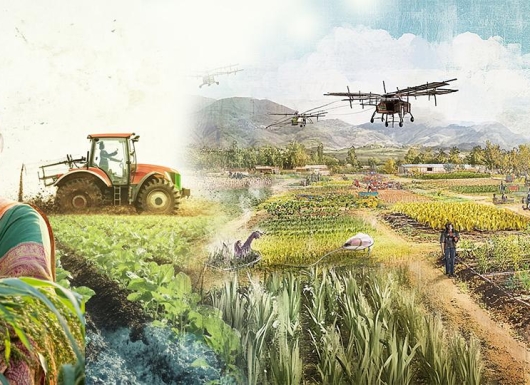Submitter: ICAR
The District Agricultural Contingency Plans (DACP) are to be ready reckoners for line departments, and it’s a policy planner containing all information and guidance needed to manage various weather-related contingent situations such as droughts, floods, cyclones, hailstorms, hot weather, frost, etc., not only for agricultural crops but also for animal husbandry and fisheries. The DACPs are useful for preparedness and real time interventions to reduce losses to farmers due to weather aberrations.

The impact of contingency plans implementation in farmers’ fields on crop yields particularly during the years of weather aberrations like drought, seasonal dry spells, floods, etc. has been documented: